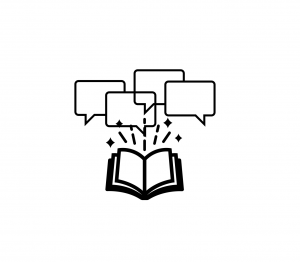Vulnerability: By the Book
If it’s difficult to accept vulnerability as a precondition of strength, it’s even more difficult to express this acceptance. Few of us want to reveal our weaknesses, particularly weaknesses that have been (and maybe still are) difficult to overcome. For some, however, revelation is a requirement.
Among writers, memoirists face a singular burden of expression. Though their work frequently illustrates triumph in the face of adversity, their expression of vulnerability is often their most effective tool.
For lessons in expression, memoirists can look to fiction writers. The best fiction writers are expert at endowing their characters with the kind of vulnerability that solicits readers’ care. That care fosters a connection–offering insight into weakness and strength that extends beyond the page.
Consider Jo March and her initial rejection of and later regret over Laurie, or Estha and the shame he hides after his encounter with the Orangedrink Lemondrink Man, or Harry Potter and the loneliness contingent on the private pain of his scar. We connect to these characters through their fragility. Their recognizable vulnerability enables us to examine our own.
Unlike fiction writers, however, memoirists don’t have the luxury of distance. The presumption of truth that defines their work ensures any tenderness expressed is their own. Although this provenance raises the stakes, it also raises vulnerability’s value.
Vulnerability is less Achilles Heel, more Athena’s aegis. Aspirational memoirists can and should coach themselves to embrace vulnerability’s inherent, etymological power. They should remind themselves that the example of their fragility will inform their depiction of strength, inspiring readers’ connections, motivating their reflection, and perhaps moving them to action.
By viewing their vulnerability as a mirror, a conduit, a facilitator, and a tool, memoirists can generate a power from which readers draw significant courage. The work is not easy, but it’s worth it: Like the very best fiction writers, the best memoirists transform vulnerability into a power so stable it can hold up others.








